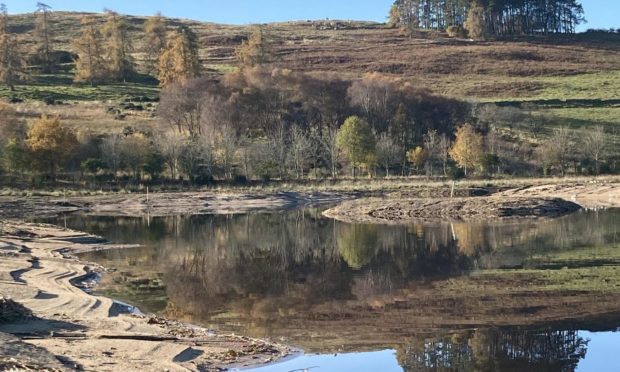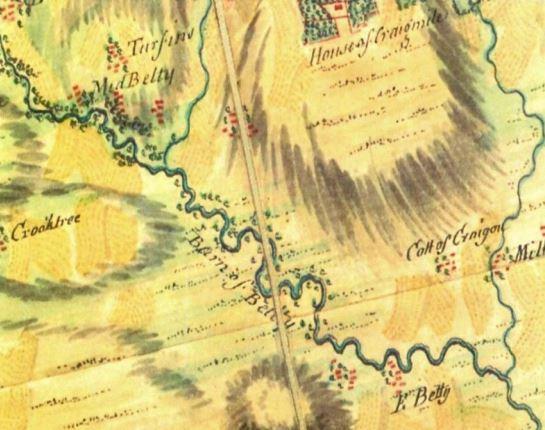A £220,000 project that transformed an almost lifeless manmade burn into a naturalised wetland habitat, home to kingfishers, herons, badgers and otters has been nominated for a top award.
The Beltie Burn near Torphins, an important tributary to the River Dee, was straightened from its natural state into a long, embanked, deep waterway for agricultural work in the mid-18th century, and later to make way for the Deeside Railway Line.
But between September and November last year, a first-of-its-kind project for the north-east of Scotland returned the middle reaches of the stream to a more natural splendour, and wildlife has already returned to its wetland pools and gentler waterways.
The return of key species
Salmon, which are both environmentally and economically important to the Deeside region, have already returned to use the waters for spawning, after decades of the burn providing no suitable habitats for the species.
Other animals that have been recorded in the area following the completion of the Easter Beltie Restoration Project include red kite, lapwing, sea trout, whooper swans, kestrel, cormorant and heron.
The Dee Catchment Partnership group that managed the initiative has now been shortlisted for the Beautiful Aberdeenshire Environmental Award at this year’s Inspiring Aberdeenshire Awards, which will be held in August.
Susan Cooksley, who led the project, said: “Our partnership exists to promote, facilitate and deliver collaborative projects that conserve the unique biodiversity and natural beauty of Deeside, and the restoration at Easter Beltie is doing exactly that creating a new area of wild beauty that has created habitat for a rich diversity of wildlife.”
“A huge success”
In total, the works created 1.2 new miles of meandering watercourse, three new wetlands, 328ft of Atlantic salmon spawning habitat, and six islands of varying size.
Edwin Third, who led the project alongside Ms Cooksley, said he was pleased to see that salmon are already benefitting.
He added: “Funded by NatureScot’s Biodiversity Challenge Fund, the restoration of the Beltie has been a huge success – we were absolutely delighted to see salmon spawning before the last of the diggers had even left the site.
“The water from the previously straightened channel now flows though three specially created wetland pools, and onwards downstream through a gently meandering course.”
The new and improved site is now being used to evaluate and demonstrate river valley restoration techniques, and lessons learned in the process could be applied to other similar initiatives across the country.
To help maintain the new environment, the partnership will carry out further work on the banks to help prevent erosion, and will add more sediment to extend the spawning habitats for salmon.
If you want to find out more about the project, you can read a full report by clicking here.

